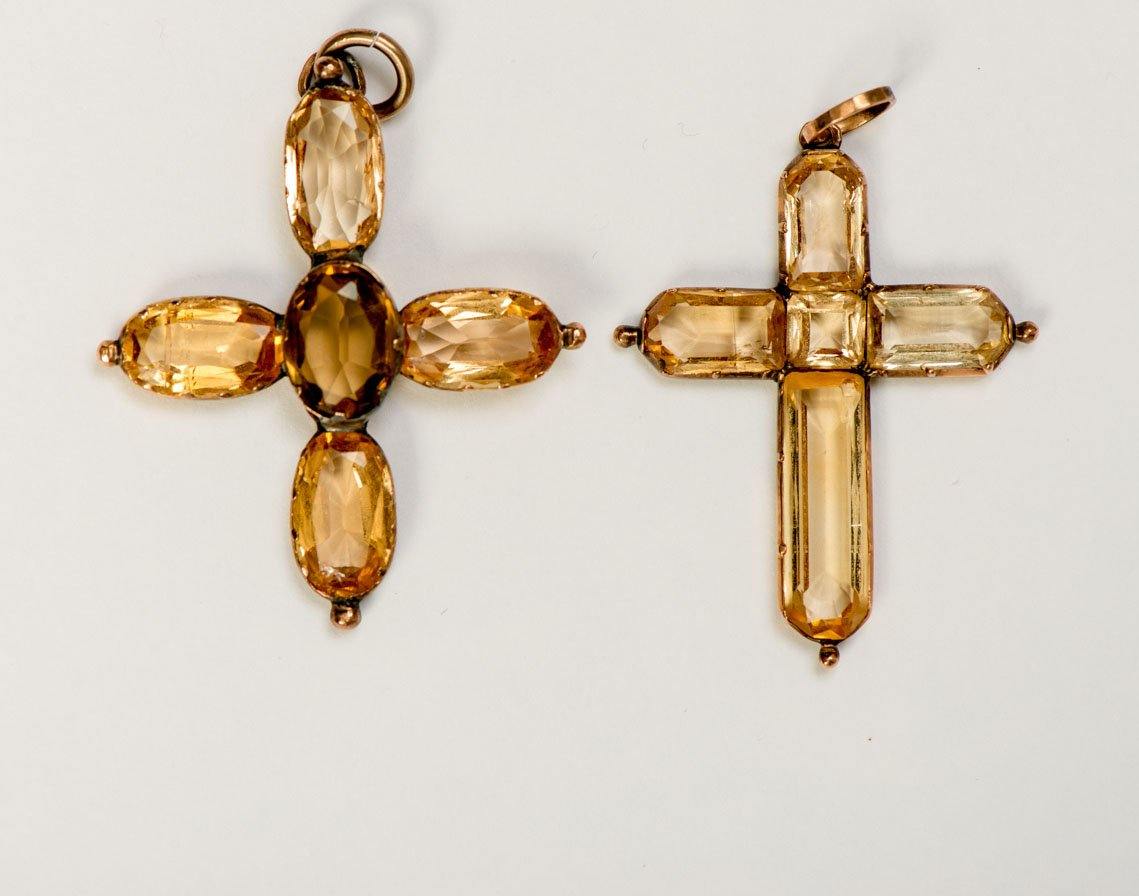Article: Historical Knotwork - The Sea Chest Becket
Historical Knotwork - The Sea Chest Becket
Historical Knotwork - A Naval CV of Sorts

This sea chest becket (handle) is exactly the sort which would have been found on the naval chests used by sailors in Nelson's Navy. Not only is it a beautiful item in itself, it's also an object which would have worked as a sort of "knotwork CV" for any boy who wished to be hired.
Nelson himself joined the Royal Navy in 1771 at the age of twelve. In that era, children of this age were old enough to take up training or apprenticeships and it was normal for boys to go to sea to train as officers and, if they passed the examination before the Commissioners of the Admiralty, they could expect to be lieutenants at the age of eighteen.
If any boy (or trained sailor for that matter) needed to prove his worth to a prospective captain or other marine employer, then a sea chest becket such as this one would show his skill with ropes, and prove that he would be a skilled pair of hands to have aboard ship. However, usually they would not be done by the sailor, but would come already installed on the chest. Those with the skill to make them would get the chest with plain beckets and then replace them when he had the time.
How is it made?
This sea chest becket is made from a rope centre, spliced at either end, padded with canvas (or "pudding'd" to give it it's technical term) to give it a bit of shape, and then covered with a variety of hitches and techniques. Each historical knotwork technique would be needed on board ship for a different use.
What are the knot and what would they be used for?
Techniques visible from the top down are:
double crown knots...

...ring bolt hitching on the top loops beside the red washers...
...moku hitching...

...and coach-whipping.

Each section is joined by a Turk's Head, which hides the joins of the different coverings and makes for a decorative touch.

These knots could be used on board ship for such things as making stair handrails (moku hitching), covering metal rings so that they would not slip or rub and were easier to handle (ring bolt whipping), stopping masts from chaffing on the ropes, or creating stoppers (as is the case for the double crown knot).
A pair of these beckets would be fastened to each end of a sea chest with a wooden boss, similar to the one shown here.
If you wanted a last bit of detail on your sea chest beckets they could be painted (and commonly were) with shiny oil blacking and with the accents picked out in gold. Some genuine examples from the Georgian era have been coated over again until they take in a lacquered look. One of the big advantages of leaving the beckets unpainted is that you can see the knotwork better.
*****
This sea chest bracket was made at the Orkney College Maritime Dept, to be presented to Princess Anne who presided over their graduation ceremony this year (2018).
The knotwork information and photos were kindly provided by Mark Shiner, who also made the bracket itself, and who is the curriculum leader for Maritime Studies at the University of the Highlands and Islands - Orkney College.
Words by Jenni Waugh.



3 comments
I have my 4 x great grandfathers sea chest he was a captain on the Victory ship Lord Nelson presented it to him with a gold carriage clock on his retirement it has these rope ends. So interesting 🤔 thank you.
Susan
Lovely. Do you have people who still make those? I have a surgeon’s chest from Nelson’s navy— has his portrait inside & out, plus a picture of the Victory. But there are no becket handles. I know they don’t have to be especially detailed, but I’d be interested in getting one that is historically appropriate.
Stephen
Wow! Beckets are such a lovely way to demonstrate knot work skills! Good article, thank you for sharing this interesting glimpse into historic sailor talents.
Anonymous
Leave a comment
This site is protected by hCaptcha and the hCaptcha Privacy Policy and Terms of Service apply.